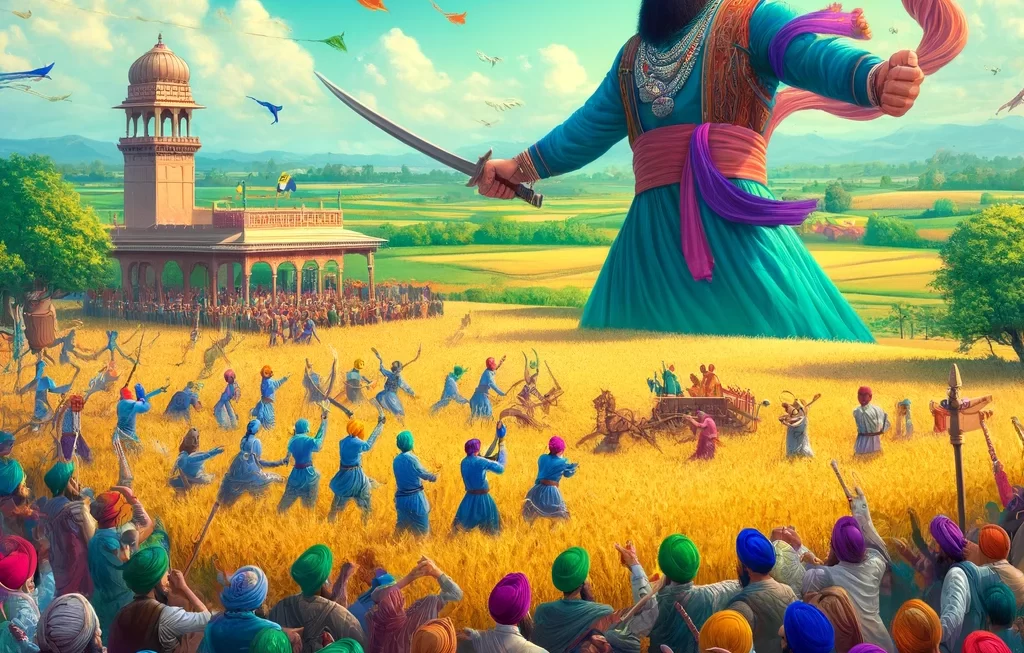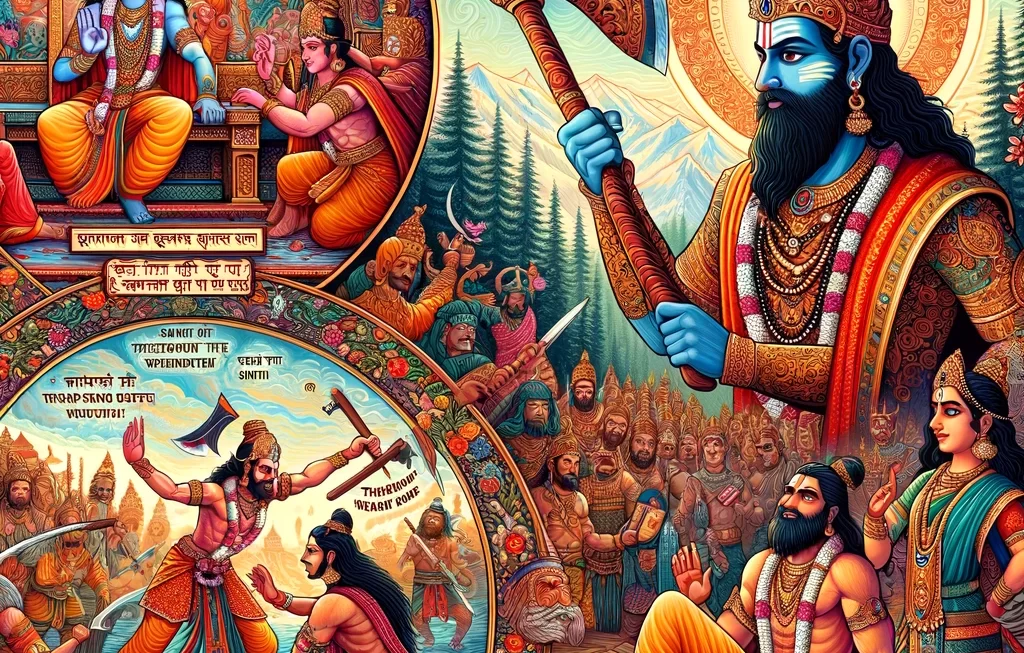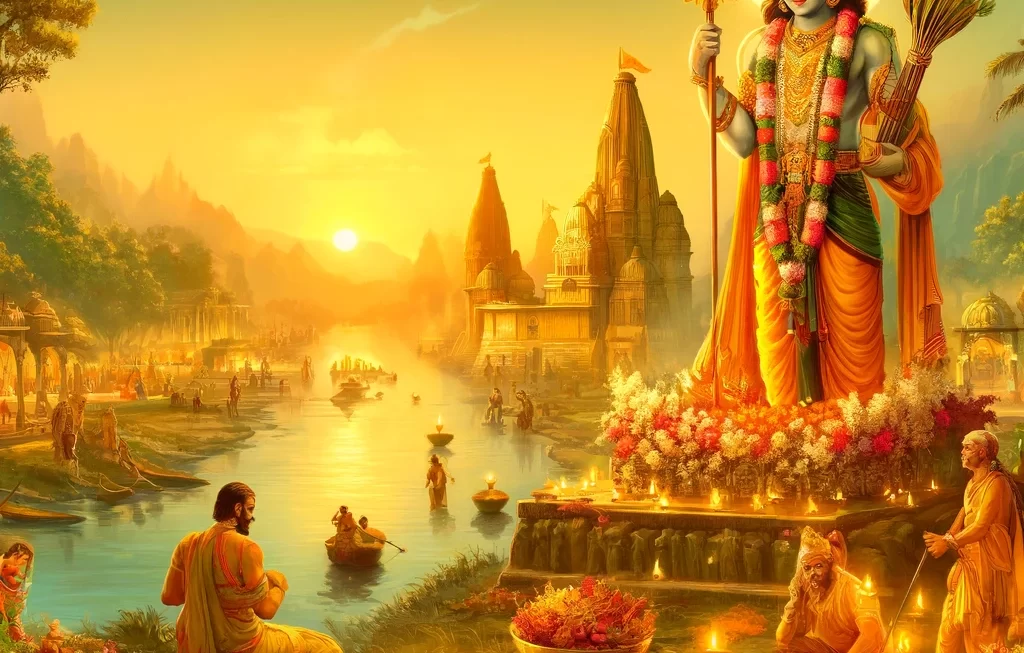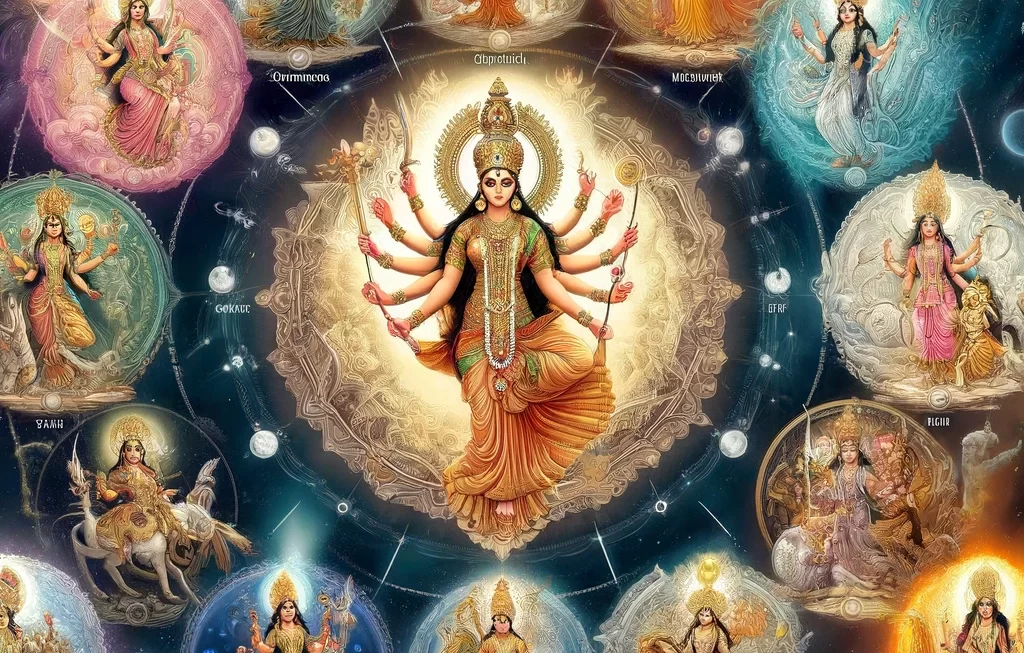“Sometimes it feels like the universe isn’t on our side; then comes Vaisakhi, reminding us of new beginnings and the eternal cycle of life. It brings the spring—symbolizing that no matter how harsh the winter, spring is inevitable. If things are going wrong, they will get better; there is no other option. This isn’t just hope; it’s almost scientific—the way winter always turns to spring.”
Vaisakhi, also known as Baisakhi, is celebrated on April 13th each year and stands as one of the most significant festivals in the Sikh community and the Punjab region. It marks the Punjabi New Year and coincides with the spring harvest, weaving together cultural and religious significance. This festival is especially renowned for commemorating the formation of the Khalsa Panth by Guru Gobind Singh in 1699, which has profoundly influenced Sikh identity.
Historical Background
The festival of Vaisakhi dates back to ancient times, originally celebrated as a harvest festival. With the agricultural cycle culminating in April, the festival was timed to celebrate the bounty of the harvested crops. However, its significance was dramatically elevated in 1699 when Guru Gobind Singh, the tenth Sikh Guru, used this occasion at Anandpur Sahib to transform the Sikh faith by founding the Khalsa Panth amidst oppressive Mughal rule.
The Panj Pyare: Pillars of the Khalsa
During Vaisakhi of 1699, Guru Gobind Singh‘s call for sacrifice was answered by five brave individuals, who were the first to be baptized into the Khalsa. These men, known as the Panj Pyare (“the five beloved ones”), were:
- Bhai Daya Singh: From Lahore, he was the first to step forward, symbolizing bravery and devotion.
- Bhai Dharam Singh: From Hastinapur, he embodied steadfast faith and righteousness.
- Bhai Himmat Singh: From Jagannath Puri, he represented the Khalsa’s principles of social equality and courage.
- Bhai Mohkam Singh: From Dwarka, he highlighted the community’s disregard for social hierarchy.
- Bhai Sahib Singh: From Bidar, his story illustrated the inclusive and transformative vision of the Khalsa.
Their collective initiation marked the ceremonial birth of the Khalsa, characterized by its warrior ethos and spiritual purity.
Cultural Significance
Vaisakhi is a vibrant celebration marked by:
- Harvest Festival: It celebrates the land’s bounty and the farmer’s hard work, with traditional dances like Bhangra and Giddha reflecting the vitality of Punjab.
- Sikh Religious Observance: This day reaffirms the Khalsa values of unity, equality, and integrity, with beautifully decorated Gurdwaras and spirited processions known as Nagar Kirtans.
- Community and Feasting: The festival promotes a spirit of generosity and equality through communal meals (Langar), where people from all backgrounds are welcomed.
Conclusion
Vaisakhi is not just a festival but a profound expression of Punjabi and Sikh cultural identity, celebrating agricultural prosperity, communal harmony, and religious devotion. It teaches the virtues of bravery, equality, and spiritual commitment, reminding us yearly of our shared values and the vibrant spirit of the Punjabi people. Through its cycle of renewal, Vaisakhi stands as a beacon of hope and unity, echoing the immutable truth that after every winter, spring must come. This festival thus serves as a vibrant testament to the enduring human spirit and the unyielding bonds of community.




